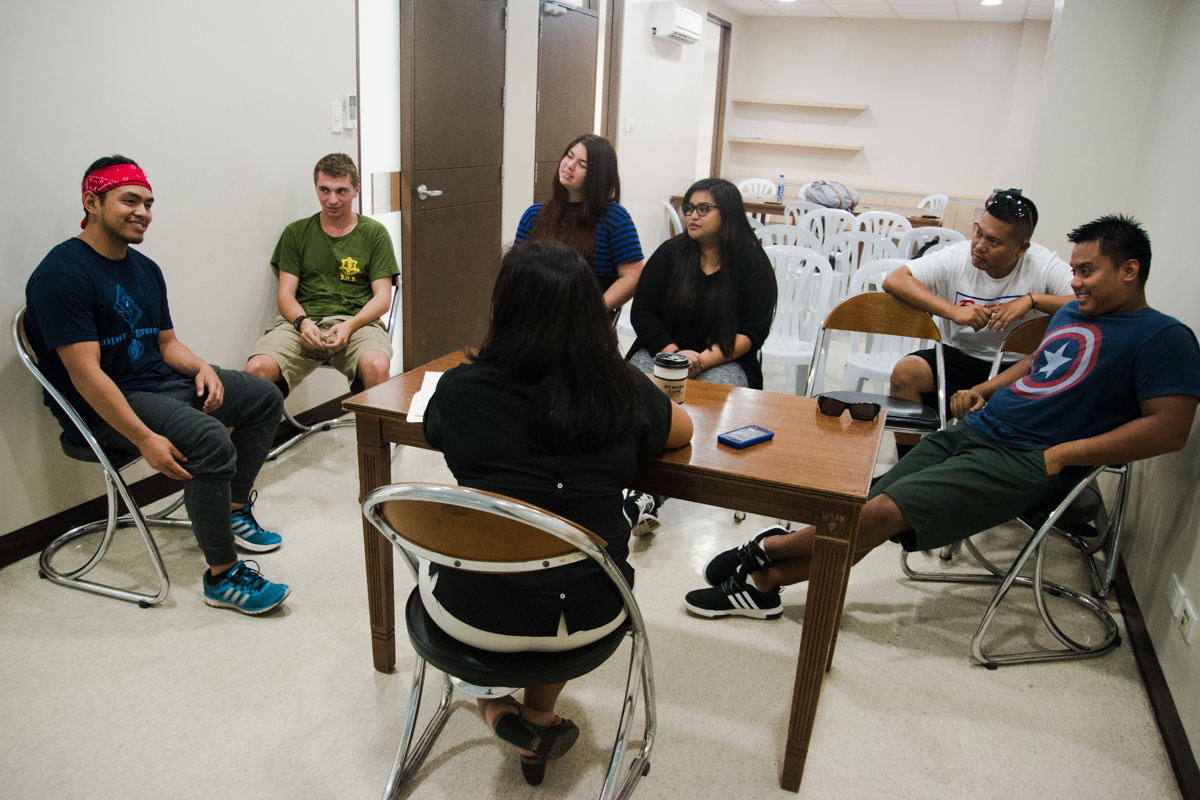WITH THE academic calendar shift taking full effect in the Ateneo and the synchronization of classes with universities from around the globe, there have been more opportunities for foreign professors and students to visit the university.
Assistant to the Vice President of University and Global Relations Teresa Santos explained that it will be a focus point of the Ateneo in the next few years, and that the university will continue to extend its welcome to its institutional partners abroad.
“The basic reason why we are trying to internationalize is to try to develop global competency and a global outlook among our students,” she said.
For the time being, however, there has not been any influx of foreign visiting professors in the university.
Santos explained that apart from convenient time schedules, there are other underlying factors concerning visiting faculty such as payment.
“When visiting faculty come, we actually pay them. There’s compensation involved,” she said.
“There’s also the matching of the availability of visiting professors’ [areas of interests], and the areas where we open visiting professorship as well,” Santos added.
For Vina Lanzona, PhD, a professor who taught at the University of Hawai’i and is now a visiting lecturer in the Ateneo’s History Department, the academic calendar shift prompted her to teach in the Ateneo.
Lanzona explained that prior to the shift, Ateneo’s former class schedules served as a hindrance.
“I have a lot of colleagues here [in] the Ateneo de Manila and for a long time they’ve been asking me to teach here. It really didn’t work out for me because of our summer holidays,” she said.
Although Lanzona is one of the new additions to the faculty, Santos noted that the minimal increase in visiting professors could not be entirely attributed to the calendar shift.
She further clarified that the new visiting professors may also be a product of the university’s consistent effort to “[increase] the diversity in faculty population [and enriching] the quality of learning in Ateneo.”
Mind over matter
Lukas Paul Kaelin, PhD, a lecturer of the Philosophy Department, taught in the University of Vienna before beginning his career in the Ateneo in 2006.
According to Kaelin, he planned to work in the Ateneo prior to the university’s decision to synchronize its calendar with global institutions.
“At that time when I was planning, I didn’t even know there was [going to] be a shift in the school year, so it didn’t really change my mind,” he said.
Kaelin believes it was not an issue in the context of academic systems in Europe, considering semesters in countries such as Austria and Switzerland begin and end at different times but are still able to accommodate international students and faculty.
The winter semester in Austria begins in October, while the fall semester in Switzerland begins in September. Austria’s summer term lasts from March to June, while Switzerland’s spring term lasts from February to June.
Furthermore, Kaelin expressed his belief that regardless of the time difference, there are still possibilities for compromise.
“I think it might be a hindrance for some people to move, to come. However if you’re really determined to do so normally [in the] universities you work [in] you find ways and [the] means to do so,” added Kaelin.
Georges De Schrijver, SJ, who is also a lecturer from the Philosophy Department and taught in the Katholieke Universiteit Leuven in Belgium, shared his opinion on the calendar shift as reflective of the schedules of most visiting professors.
“My guess is that for a lot of visiting professors, it will be difficult to accept a teaching stint in the Ateneo given the academic calendar shift. Normally they can only come during their local vacation time July [to] August,” he said.
De Schrijver shared the same sentiment as Kaelin, saying that the calendar shift had no effect on his decision to teach at the Ateneo.
Positive foreign impact
According to Kaelin and Lanzano, the calendar shift and the possibility of more foreign professors offer a more diverse education to Ateneans.
“I think bringing more foreign professors to [the] Ateneo is a good thing in general and it can increase plurality in teaching styles and plurality in teaching philosophy and other subjects,” Kaelin stated.
Lanzona added that the calendar shift opened a partnership between the Ateneo and the University of Hawai’i in the form of a study abroad program.
“So in fact not only am I teaching courses here but I’m also bringing six students from the University of Hawai’i and they’re going to stay here and study here for an entire semester,” she stated.
Santos indicated that the calendar shift’s impact was more apparent in the presence of in-bound exchange students.
According to her, the school receives an average of 119 international students per year. This year, however, for the first semester alone, the university already has around 107 visiting international students.
“Whether or not we can attribute [the increase in in-bound exchange students] solely to the academic calendar change, we do not know, but certainly we have experienced a sudden surge in the number [of international students],” Santos said.
Moreover, Lanzona praised the university for the change in the calendar, saying that “there might be some growing pains while they’re [reaching out to universities around the globe], but I think it will be really good for the institution.”







